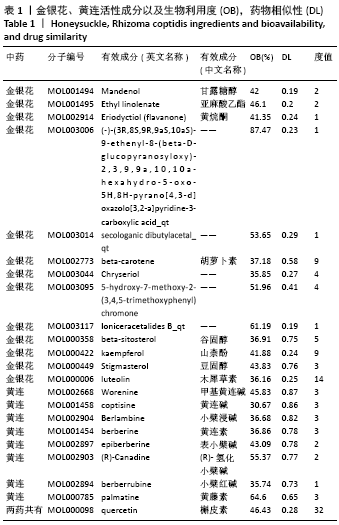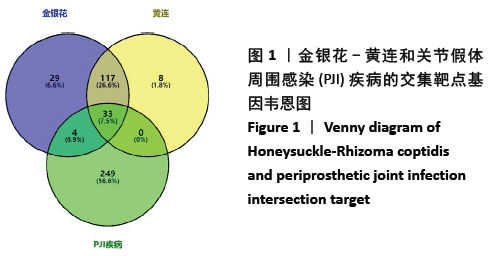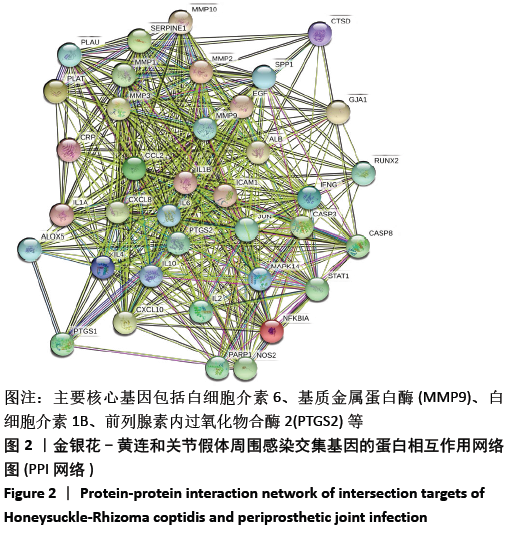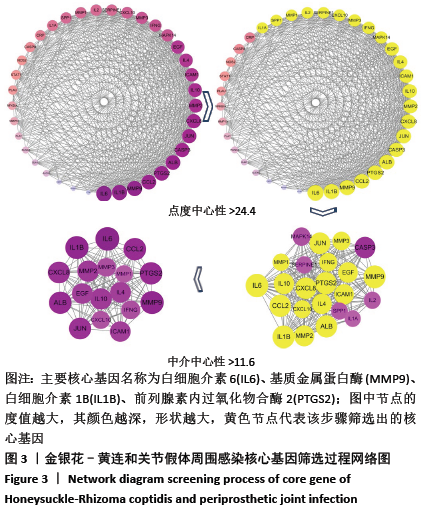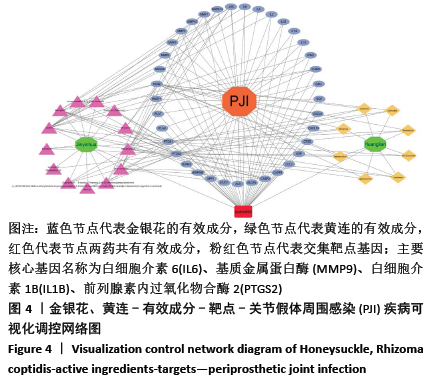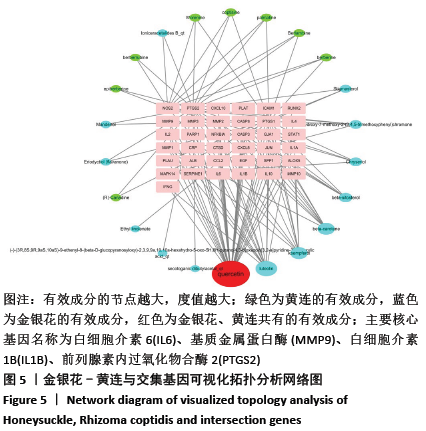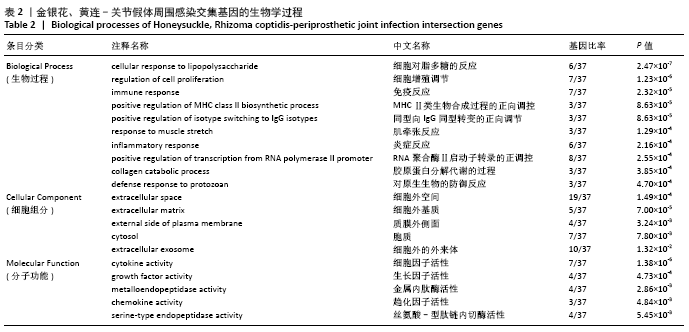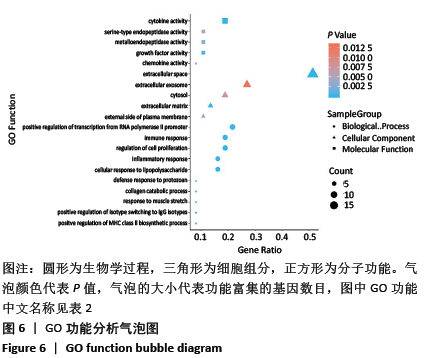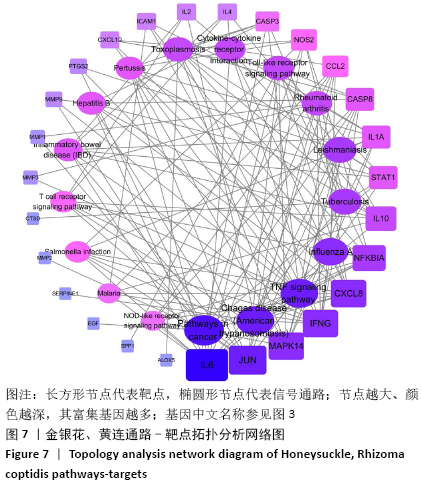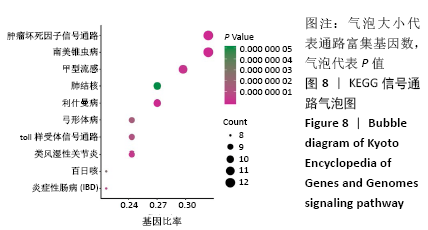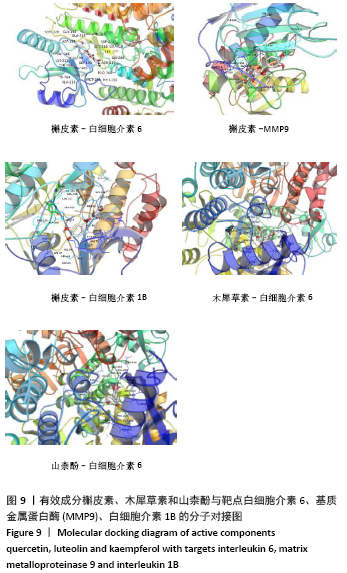[1] KAPADIA BH, BERG RA, DALEY JA, et al. Periprosthetic joint infection. Lancet. 2016;387(10016):386-394.
[2] PARVIZI J, ZMISTOWSKI B, ADELI B. Periprosthetic joint infection: treatment options. Orthopedics. 2010;33(9):659.
[3] 李兆合.五味消毒饮治疗关节置换术后金黄色葡萄球菌感染机理窥探[J].中医学报,2012,27(5):613-614.
[4] 吴娇,王聪,海川.金银花中的化学成分及其药理作用研究进展[J].中国实验方剂学杂志,2019,25(4):225-234.
[5] 庄丽,张超,阿里穆斯.金银花的药理作用与临床应用研究进展[J].辽宁中医杂志,2013,40(2):378-380.
[6] SI L, LI P, LIU X, et al. Chinese herb medicine against Sortase A catalyzed transformations, a key role in gram-positive bacterial infection progress. J Enzyme Inhib Med Chem. 2016;31(sup1):184-196.
[7] LI X, MOTWANI M, TONG W, et al. Huanglian, a Chinese herbal extract, inhibits cell growth by suppressing the expression of cyclin B1 and inhibiting CDC2 kinase activity in human cancer cells. Mol Pharmacol. 2000;58(6):1287-1293.
[8] 盖晓红,刘素香,任涛.黄连的化学成分及药理作用研究进展[J].中草药,2018,20(49):4919.
[9] 王清,朱萱萱,张赤兵,等.金银花提取物抗菌作用的实验研究[J].中国医药导刊,2008,10(9):1428-1430.
[10] 张庆莲,黄娟,邵单炫,等.黄连抗菌作用研究进展[J].中医药信息, 2019;36(5):125-127.
[11] 徐森楠,庄莉,翟园园,等.基于网络药理学研究二至丸防治骨质疏松症的物质基础与作用机制[J].中国药学杂志,2018,53(22): 1913-1920.
[12] RICCIARDI BF, MUTHUKRISHNAN G, MASTERS EA, et al. New developments and future challenges in prevention, diagnosis, and treatment of prosthetic joint infection. J Orthop Res. 2020;38(7): 1423-1435.
[13] SONG Z, BORGWARDT L, HØIBY N, et al. Prosthesis infections after orthopedic joint replacement: the possible role of bacterial biofilms. Orthop Rev (Pavia). 2013;5(2):65-71.
[14] Memariani H, Memariani M, Ghasemian A. An overview on anti-biofilm properties of quercetin against bacterial pathogens. World J Microbiol Biotechnol. 2019;35(9):143.
[15] Lv PC, Li HQ, Xue JY, et al. Synthesis and biological evaluation of novel luteolin derivatives as antibacterial agents. Eur J Med Chem. 2009;44(2):908-914.
[16] Wang Q, Xie M. Antibacterial activity and mechanism of luteolin on Staphylococcus aureus. Wei Sheng Wu Xue Bao. 2010;50(9):1180-1184.
[17] Liu MH, Otsuka N, Noyori K, et al. Synergistic effect of kaempferol glycosides purified from Laurus nobilis and fluoroquinolones on methicillin-resistant Staphylococcus aureus. Biol Pharm Bull. 2009; 32(3):489-492.
[18] García-Mediavilla V, Crespo I, Collado PS, et al. The anti-inflammatory flavones quercetin and kaempferol cause inhibition of inducible nitric oxide synthase, cyclooxygenase-2 and reactive C-protein, and down-regulation of the nuclear factor kappaB pathway in Chang Liver cells. Eur J Pharmacol. 2007;557(2-3):221-229.
[19] Tan J, Wang J, Yang C, et al. Antimicrobial characteristics of Berberine against prosthetic joint infection-related Staphylococcus aureus of different multi-locus sequence types. BMC Complement Altern Med. 2019;19(1):218.
[20] Xie Y, Liu X, Zhou P. In vitro antifungal effects of berberine against candida spp. in planktonic and biofilm conditions. Drug Des Devel Ther. 2020;14:87-101.
[21] Lenski M, Scherer MA. Synovial IL-6 as inflammatory marker in periprosthetic joint infections. J Arthroplasty. 2014;29(6):1105-1109.
[22] Lee S, Kim B, Choi W, et al. Lack of association between pro-inflammatory genotypes of the interleukin-1 (IL-1B-31 C/+ and IL-1RN* 2/* 2) and gastric cancer/duodenal ulcer in Korean population. Cytokine. 2003;21(4):167-171.
[23] Quiney C, Billard C, Mirshahi P, et al. Hyperforin inhibits MMP-9 secretion by B-CLL cells and microtubule formation by endothelial cells. Leukemia. 2006;20(4):583-589.
[24] Sharma K, Ivy M, Block DR, et al. Comparative analysis of 23 synovial fluid biomarkers for hip and knee periprosthetic joint infection detection. J Orthop Res. 2020. doi: 10.1002/jor.24766.
[25] Ackmann T, Möllenbeck B, Gosheger G, et al. Comparing the diagnostic value of serum D-Dimer to CRP and IL-6 in the diagnosis of chronic prosthetic joint infection. J Clin Med. 2020;9(9):E2917.
[26] Rosenfeld Y, Shai Y. Lipopolysaccharide (Endotoxin)-host defense antibacterial peptides interactions: role in bacterial resistance and prevention of sepsis. Biochim Biophys Acta. 2006;1758(9):1513-1522.
[27] Covre LP, Devine OP, Garcia de Moura R, et al. Compartmentalized cytotoxic immune response leads to distinct pathogenic roles of natural killer and senescent CD8+ T cells in human cutaneous leishmaniasis. Immunology. 2020;159(4):429-440.
[28] Souza-Fonseca-Guimaraes F, Adib-Conquy M, Cavaillon J. Natural killer (NK) cells in antibacterial innate immunity: angels or devils? Mol Med. 2012;18(2):270-285.
[29] Maini RN, Taylor PC. Anti-cytokine therapy for rheumatoid arthritis. Ann Rev Med. 2000;51(1):207-229.
[30] Neurath MF. Cytokines in inflammatory bowel disease. Nat Rev Immunol. 2014;14(5):329-342.
[31] Caradonna L, Amati L, Lella P, et al. Phagocytosis, killing, lymphocyte-mediated antibacterial activity, serum autoantibodies, and plasma endotoxins in inflammatory bowel disease. Am J Gastroenterol. 2000;95(6):1495-1502.
[32] Ellerin T, Rubin RH, Weinblatt ME. Infections and anti–tumor necrosis factor α therapy. Arthritis Rheum. 2003;48(11):3013-3022.
[33] Galliera E, Drago L, Vassena C, et al. Toll-like receptor 2 in serum: a potential diagnostic marker of prosthetic joint infection? J Clin Microbiol. 2014;52(2):620-623.
[34] Knapp S. Update on the role of Toll-like receptors during bacterial infections and sepsis. Wien Med Wochenschr. 2010;160(5-6):107-111.
[35] Koc M, Toprak A, Arikan H, et al. Toll-like receptor expression in monocytes in patients with chronic kidney disease and haemodialysis: relation with inflammation. Nephrol Dial Transplant. 2011;26(3): 955-963. |

